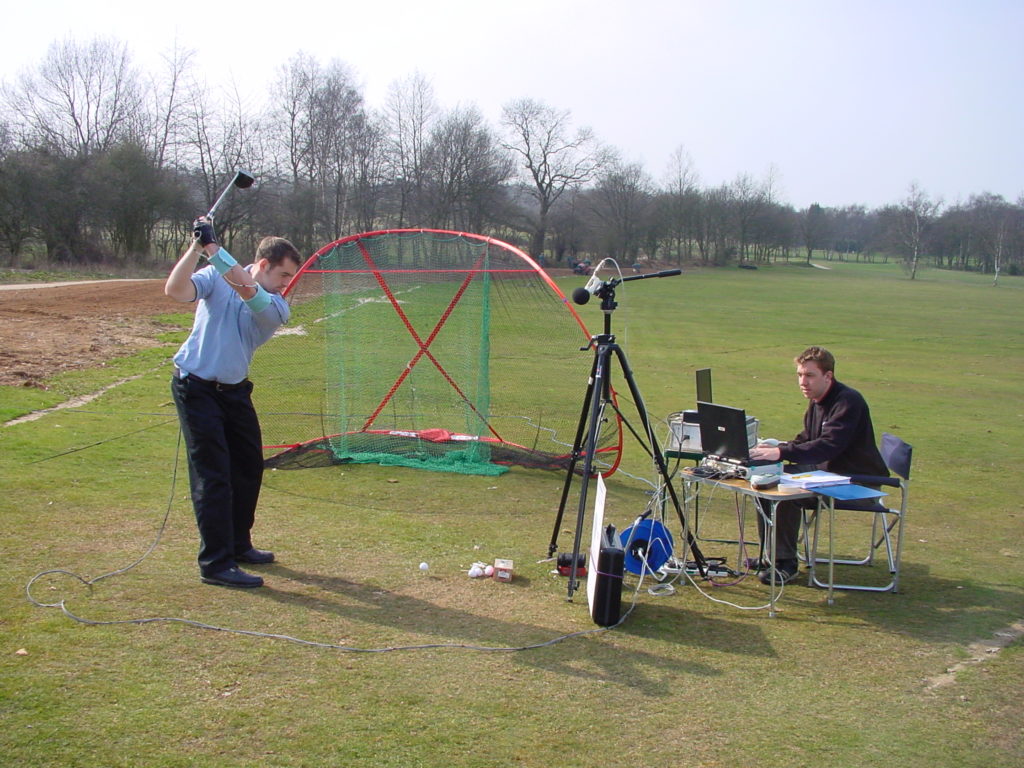Modem day sports players enjoy an ever-expanding range of equipment from which to choose. In an attempt to increase their market share, manufacturers have applied advanced technologies to the design and development of sports equipment to increase the ‘performance’ of their products. These benefits may only be realised, however, if the player feels physically and psychologically comfortable using the equipment. Sports governing bodies have responded by introducing new regulations to restrict performance gains, and so users are increasingly focusing on other characteristics to differentiate between products. Consequently, players’ subjective perceptions of the characteristics, suitability and quality of sports equipment are becoming increasingly important.
Jon’s research in this area is based on the underlying principle that a product is defined by its physical properties and, as an athlete interacts with the product, they will respond in a number of different ways. Neural information is provided to the brain by the sensory system, which is compared to previous experiences, expectations, needs etc. and results in some form of affective response. Whilst brain activity can be monitored, spoken words, facial expressions, eye movements, actions or behaviours and physiological changes are more commonly studied to determine an individual’s response. If this interaction can be understood, then it should be possible to:
- Determine how different sensory feedback combines to form an overall perception
- Predict how a product will be perceived given its properties
- Identify which properties need to be changed and in what way to improve a particular subjective perception
- Highlight if those property changes could have a detrimental effect on another attribute
- Determine why different demographic groups might respond differently to the same product
Combinations of two different approaches have typically been employed. Subjective perceptions of the user have been collected using both qualitative and quantitative techniques. Concurrent measurement of how a product stimulates the athlete’s sensory system has then enabled relationships to be identified with the subjective data.

